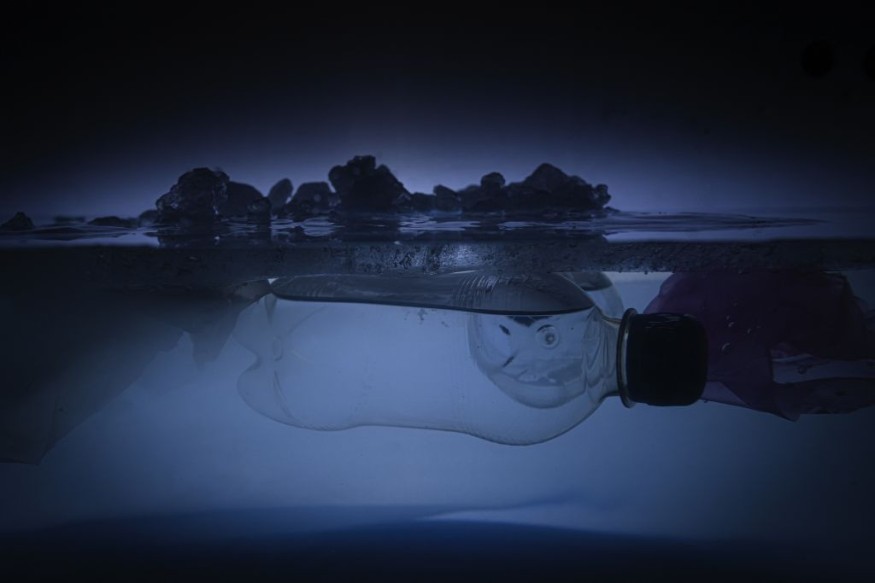Ocean plastic pollution is an evident ecological issue concerning marine animals and their ecosystems.
For decades, the amount of plastic debris in the form of either whole plastic, microplastic, or nanoplastics have been increasing in the world's oceans and even inland bodies of water.
Scientists surprisingly found tiny plastic particles suspended in the air, in addition to its rampant presence on land.
Previous research has shown that plastic is hard to break down.
However, recent studies have shown that bacteria and sunlight can help in the degradation process of polymer and other components of plastics.
The findings shed light on the possibility that natural energy and microorganisms can be used to assist us in our struggle to mitigate or end the pollution.
Ocean Plastic Pollution

Plastic accumulation on Earth's oceans and beaches has already become a global crisis.
Billions of pounds of plastic can be seen flowing in "swirling convergences" that make up 40% of the world's ocean surfaces.
Current ocean plastic pollution rate is expected to overwhelm all the fish in the sea by 2050, according to the Center for Biological Diversity.
In terms of its repercussions to marine ecosystems, plastic pollution can directly and indirectly affect wildlife; for instance, thousands of seals, seabirds, sea turtles, and other marine mammals die each year after ingesting plastic or when being entangled.
Also Read: Tons of Ocean Plastic Debris has Disappeared
Missing Plastic Paradox
The two studies reportedly addressed long-held inquiry called "missing plastic paradox," which asks the question where exactly all the plastic debris that humans dump into the ocean goes, as cited by the news website Gizmodo.
Published in the journal Marine Pollution Bulletin in January and February, the studies complemented each other by separately identifying that despite the colossal amount of plastic waste in our water, sunlight still melts 2% of ocean plastic each year, while bacteria consumes 1.2% of these materials annually.
The research findings were made possible by researchers from the Royal Netherlands Institute for Sea Research.
The January study focused on examining plastic particles taken from the sea surface of the Great Pacific Garbage Patch and used ultraviolet (UV) light to measure the degradation.
Meanwhile, the February study acknowledges previous research that bacteria can eat plastic in the ocean.
However, the recent scientific report from the research institute is the first to concretely observe that bacteria, the Rhodococcus ruber bacterium in this case, use plastic as a food source.
Plastic Production and Waste
The International Union for Conservation of Nature (IUCN) states that over 300 million tons of plastic material are manufactured every year for a wide variety of usage.
At least 14 million tons of plastic end up in our oceans annually, and this environment-damaging material makes up for 80% of all marine debris from surface water to deep ocean floor sediments.
The IUCN highlights that plastic pollution threatens not only human health, but also food safety and quality, coastal tourism, and contributes to climate change.
© 2025 NatureWorldNews.com All rights reserved. Do not reproduce without permission.



